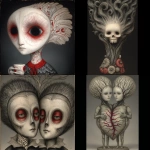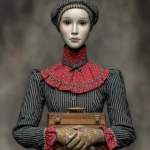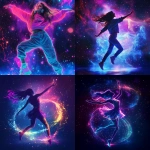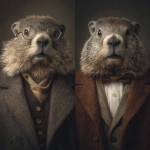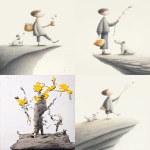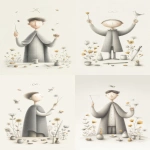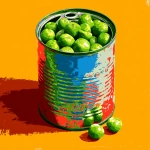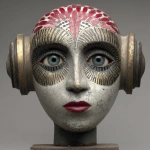Explore the Best AI Image Gallery
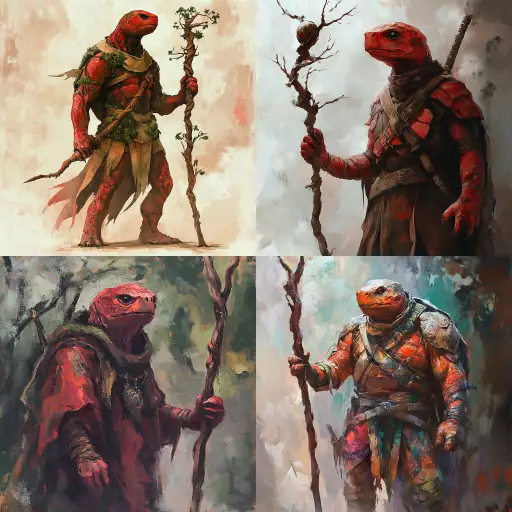
Painting with Pixels: AI-Generated Images and the Future of Art
The realm of art has always been a canvas for innovation, constantly evolving with new tools and techniques. Today, a revolutionary force is emerging – Artificial Intelligence (AI) – capable of generating stunning images that blur the lines between human creativity and machine ingenuity. This technology is not merely a novelty; its reshaping the creative industry, sparking debate about its impact on artists, the definition of art itself, and the future of creative expression.
The Rise of the AI Artist
AI-powered image generation tools, fueled by complex algorithms and massive datasets, are rapidly advancing. These systems learn from vast libraries of images, identifying patterns, styles, and compositions. Users can then input prompts, descriptions, or even sketches, guiding the AI to produce unique visuals that often surpass expectations in their detail, realism, and artistic flair.
Impact on the Creative Industry
The implications of AI-generated images are far-reaching:
- Democratization of Art Creation: AI tools empower individuals with limited technical skills to create professional-quality artwork, opening up artistic avenues to a wider audience.
- New Creative Collaborations: Artists can leverage AI as a collaborative partner, using it to generate ideas, explore different styles, or overcome creative blocks. This fosters a symbiotic relationship between human imagination and machine capabilities.
- Evolving Marketplaces: The emergence of AI-generated art raises questions about copyright, ownership, and the value of original work. New marketplaces and platforms are emerging to cater to this evolving landscape.
Applications Beyond Fine Art
AI-generated images are finding applications in diverse fields:
- Advertising and Marketing: Creating captivating visuals for campaigns, product mockups, and social media content.
- Design and Architecture: Generating conceptual designs, visualizing architectural plans, and exploring innovative aesthetics.
- Education and Research: Visualizing complex data, creating educational materials, and simulating real-world scenarios.
Ethical Considerations
While AI offers immense potential, it also presents ethical challenges:
- Bias and Representation: AI algorithms can perpetuate existing societal biases if trained on biased datasets. Ensuring diversity and inclusivity in training data is crucial.
- Copyright and Ownership: Questions arise regarding the ownership of AI-generated art, especially when multiple parties contribute to its creation.
- Misinformation and Deepfakes: The ability to create hyperrealistic images raises concerns about the spread of misinformation and the potential for malicious use, such as creating convincing fake news or impersonating individuals.
The Future of AI-Generated Art
As AI technology continues to evolve, we can expect:
- Increased Accessibility: User-friendly interfaces and cloud-based platforms will make AI image generation more accessible to the general public.
- Personalized Creations: AI will enable users to create highly personalized artwork tailored to their specific tastes and preferences.
- Interactivity and Immersive Experiences: AI-generated images will become integrated into interactive installations, virtual reality experiences, and augmented reality applications.
The fusion of art and technology is ushering in a new era of creativity. While navigating the ethical considerations, embracing the potential of AI-generated images can unlock exciting possibilities for artistic expression, innovation, and pushing the boundaries of whats imaginable.


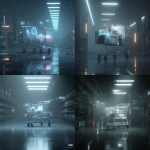
](https://images.ai-img.art/thumbnails/150/6a577517a359cd2bc6212d6b0f12c7cab660841317023550a76c84f409c7f2d0.webp)
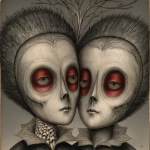
](https://images.ai-img.art/thumbnails/150/1b14bd827b740aca3b0d8efa7ed6865e28c7c8382172f3f565c96b6c5f64ca78.webp)
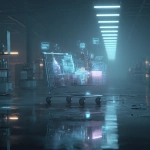
](https://images.ai-img.art/thumbnails/150/45237dfa7845159b860f9e234c48c4418e8efcb52b4d15da4493f46e6a99f337.webp)
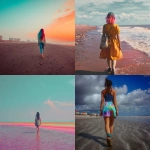
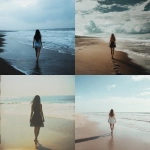
](https://images.ai-img.art/thumbnails/150/065f0b2e150f4cc43a9da80d822e8a385e9e50f2f6ff2cc3be7639cfd74952da.webp)
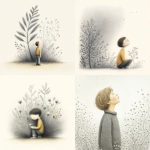
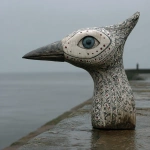
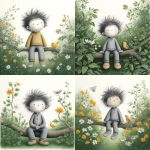
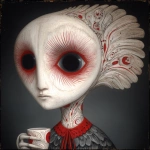
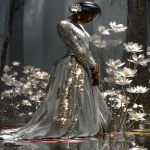
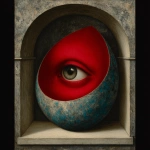



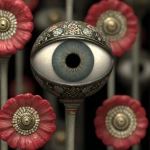
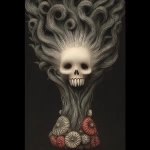

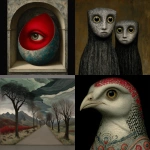



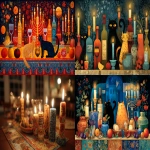



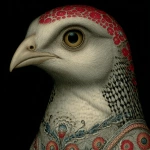
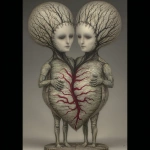
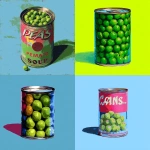
](https://images.ai-img.art/thumbnails/150/6a9bb97a3f1c45ab616724cc54bca010cbcc2d658a9c0e4581aa181c88046444.webp)
